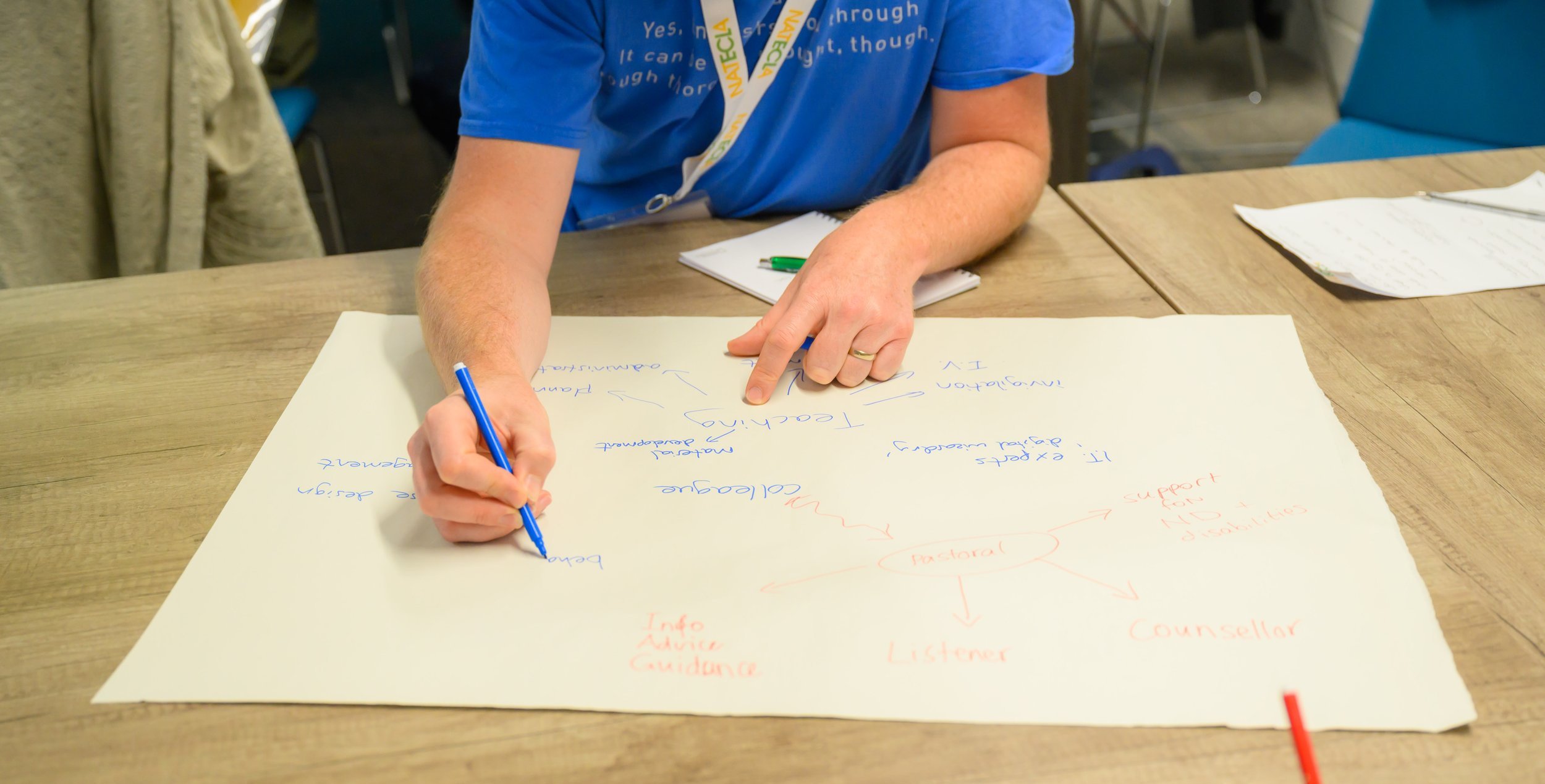
Community languages
NATECLA stands for National Association for Teachers of English and other Community Languages and so English is also a community language (by our definition!). The “C” in Natecla, has also been described as ‘languages spoken by members of minority groups or communities within a majority language context’ (in NALDIC 2011, Online). In the context of the UK, languages other than English can be termed as heritage, community or a foreign language, depending on the context in which these are being used and/ or learnt. Languages in use in the UK can be both, for example, Turkish is spoken by the Turkish speaking community and by short stay visitors and people learning it to travel or keep in touch with family. Here is a brief overview of who the learners are likely to be, the teachers, where the learning happens, resources and possible accreditation.
Who are community language learners?
Community language learners can be broadly grouped into three strands:
Those who are not literate in their first language at all and need to gain literacy and classroom conventions in their first language before they can learn English to live and work in the UK. This type of provision is called Basic Education in Community Languages (BECL), see this case study.
Those who have been through the school system (and higher) in the UK and are learning e.g. Punjabi as their or their partner’s heritage language. This strand often includes adults learning a community language for travel or for work. These type of courses tend to be offered at FE colleges or universities as part of a Modern Foreign Languages (MFL) programme.
Those who have been through the school system (and higher) in the UK and are learning e.g. Bengali to work as bilingual professionals or as interpreters/ translators.
Usually, an experienced and trained tutor can teach the last two groups successfully in the same session. However, the first group may lose confidence and drop out if taught alongside learners who are already highly literate in another language (Hann and Laher 2001).
Tutors for all three strands tend to be first-language users of the target language and are bi/ multilingua. Some may have a teaching qualification from their country of origin. There are increasing numbers who are accessing Qualified Teacher Status (QTS) programmes in the UK. NATECLA provides workshops for teachers and managers.
Accreditation
People learn community languages for a number of reasons. There is a growing number for whom it is a heritage language. Another category of learners needs a community language for work e.g. dentists with Urdu/ Punjabi speaking patients. Then there is the group that is often hidden and in danger of being forgotten: those who are not literate in their first language and find it difficult to access or progress in ESOL.
Classes for adult learners of community languages tend to be at schools, after hours or on Saturdays; community centres, further education colleges, language colleges and occasionally at places of worship such as Gurdwaras.
The Chartered Institute of Linguists www.iol.org.uk offers a range of bilingual qualifications, including the opportunity to register on the National Register for Public Service Interpreters. For learners with little or no alphabetic literacy, developing reading, reading, writing and learning skills in their spoken language can be accredited through the Recognising and Recording Progress and Achievement (RARPA) framework.
Accreditation ranges from awards designed for pure language acquisition e.g. GCSEs, A-levels, university certificates, to awards meant for acquiring bilingual skills. A number of awarding bodies offer qualifications for Community Interpreting courses, see the Padlet below for more information about Community Interpreting courses.
The information above draws on the Community Languages leaflet developed by NATECLA and sponsored by Trinity (2009).
Demand for community languages
A good place to gauge the demand for a community language would be a parent event like the annual summer fair, or setting up a stand at a parent’s evening. The first step would be to audit which language is likely to attract the highest number of learners, especially if the class is to run on public funding. The next step would be to carry out a screening exercise to sort learners into one or more groups as described above. Advertising the class via bilingual leaflets/ posters in local shops, schools, surgeries and on local radio (often there is no charge for community announcements) works well for recruitment.
NATECLA supports multilingual classrooms where languages ESOL learners bring with them are a part of learning English. You can access the PowerPoint to the right for terminology and strategies to make the most of all languages present in an ESOL classroom. NATECLA also seeks to support Basic Education in Community Languages (BECL) which is aimed at ESOL learners with little or no alphabetic literacy in their expert language/s. This type of provision develops ESOL learners’ alphabetic literacy skills in their expert languages in classroom contexts, helping learners become familiar with language and literacy learning. See case study above.
View Naeema and Sylvia’s presentation on ‘The multilingual classroom’ by scrolling through their slides, above.
Resources
Here are some resources to explore community languages.
LESLLA, the Literacy Education and Second Language Learning for Adults have a great collection of resources for heritage language literacy
BBC Learning English also have very useful bilingual content for a number of languages. Aimed at learners of English, the content is also useful for users of these languages e.g. on Community Interpreting courses.
BBC also have Facebook groups for learners who speak each of those languages which are probably easiest to find from there.
With thanks to Phil Bird, ELT Producer, Languages, BBC Learning English, BBC World Service.

